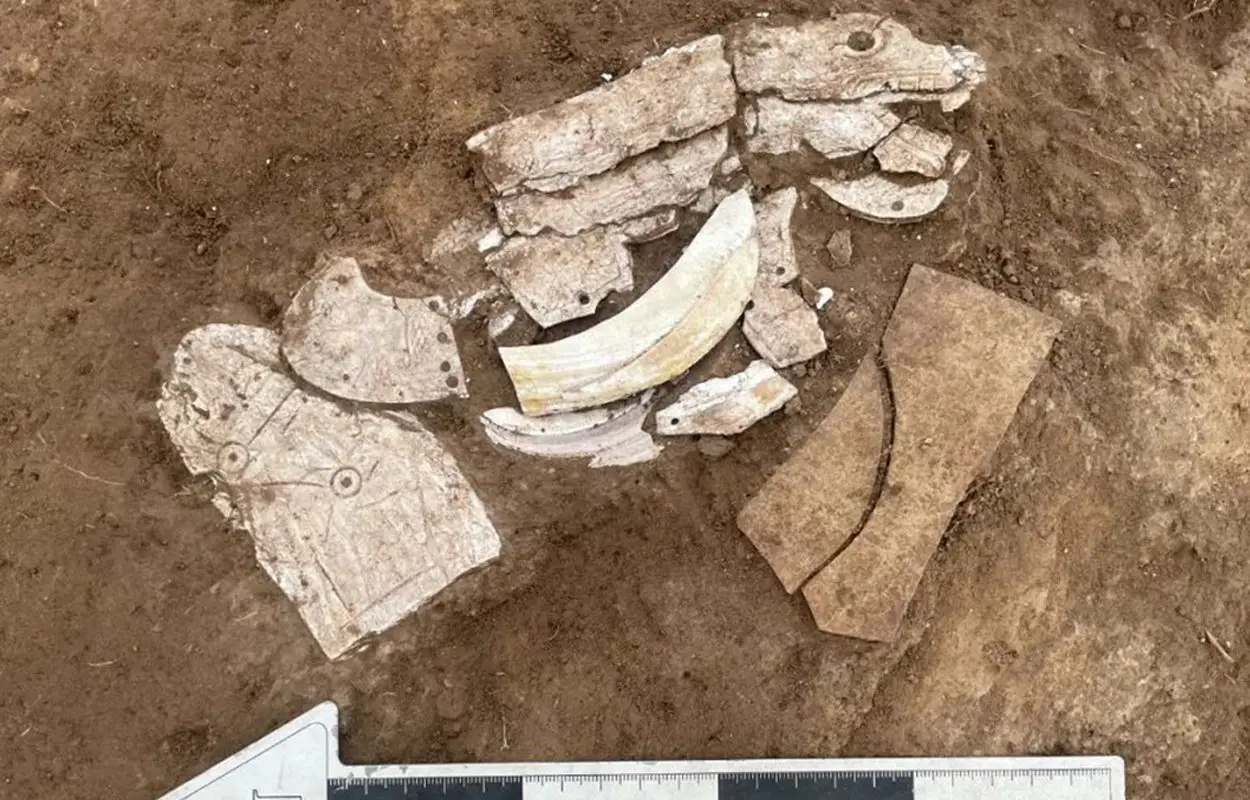According to a news announcement by China’s Global Times, archaeologists have discovered a shell dragon made from mussels during excavations in the city of Chifeng, Inner Mongolia.
The discovery has been associated with the Hongshan Culture, a Neolithic people that emerged in the West Liao river basin and inhabited northeast China and Inner Mongolia from 4700 to 2900 BC. The culture is best known for its ornate jade pig dragons and embryo dragons, some of the earliest known examples of jade working.
Chinese archaeologists, including Guo Da-shun, regard the Hongshan culture as a significant phase in the early development of China. Regardless of the linguistic connections of the ancient inhabitants, the Hongshan culture is thought to have played a role in shaping the progression of early Chinese civilisation.
The 20 centimetre long shell dragon was discovered in the Caitaopo archaeological site, located in the Songshan district of Chifeng. The artefact was pieced together using several mussel shells that form its head, body and tail, predating the C-shaped jade dragons typical of the culture.
Archaeologists suggest that jade artefacts from the Hongshan Culture were intentionally deposited within sophisticated ritual edifices or ceremonial grounds. In contrast, the shell dragon serves as an indicator of the metaphysical beliefs held by inhabitants of less advanced low grade Hongshan Culture settlements.
Song Jinshan, President of the Inner Mongolia Institute of Cultural Relics and Archaeology, told Global Times: “The discovery is an important find that fills a gap in archaeologists’ knowledge of the dragon symbol within the early Hongshan Culture.”
Excavations at the Caitaopo archaeological site also found objects and fragments of two pottery wares typical of the Hongshan Culture.
Header Image Credit : Inner Mongolia Institute of Cultural Relics and Archaeology





